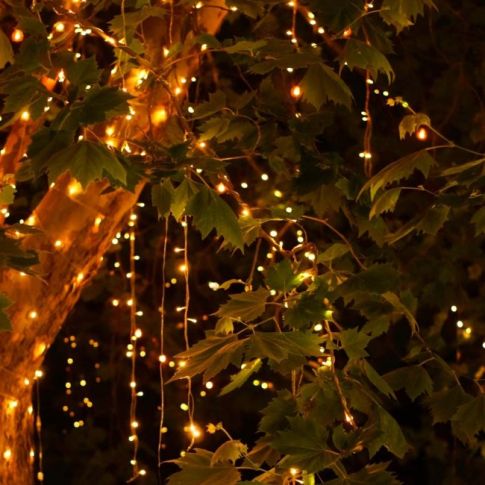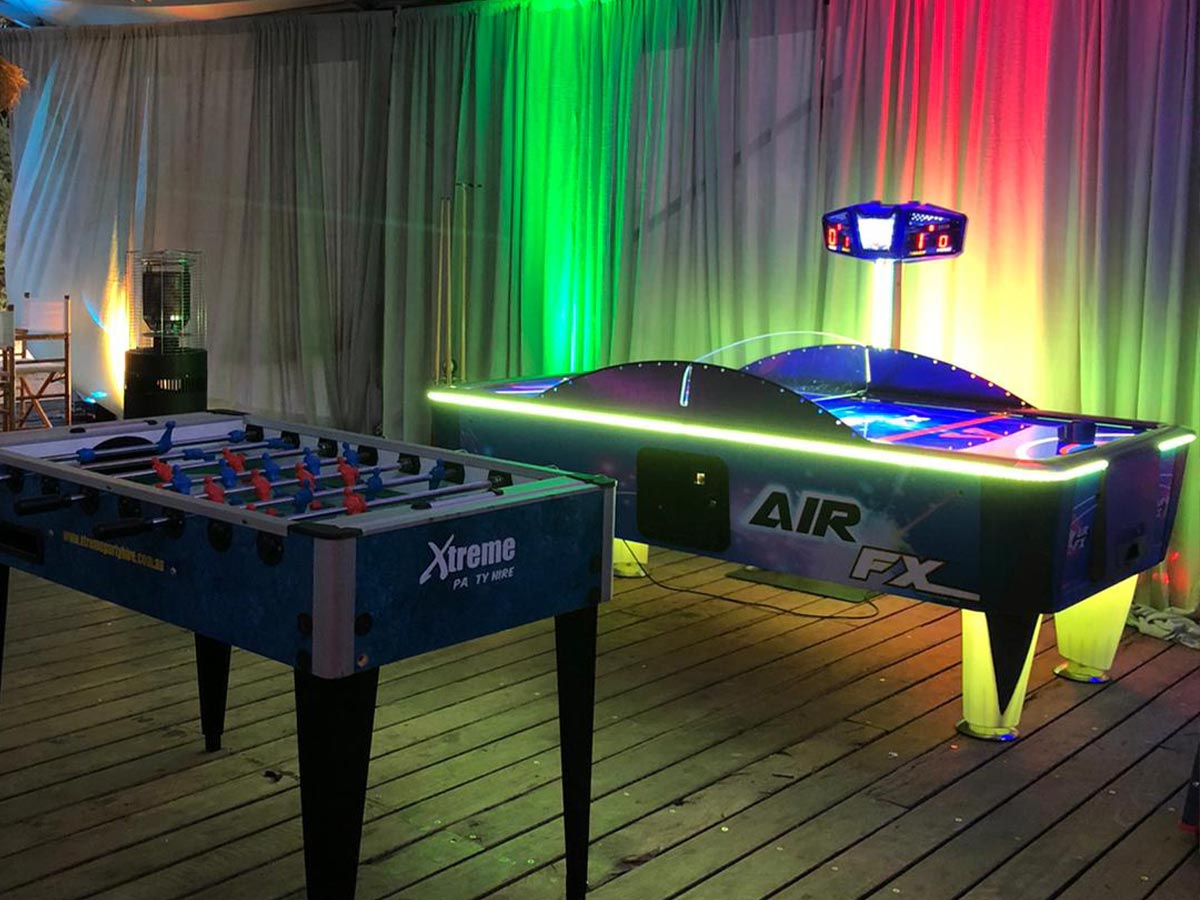We use cookies to make your experience better. To comply with the new e-Privacy directive, we need to ask for your consent to set the cookies. Learn more.
Mastering Event Lighting Techniques to Transform Spaces

Event lighting is an essential yet often underestimated element in creating memorable experiences. It's not just about making things visible; it's about setting a mood, enhancing the ambience, and transforming a space into an immersive environment. In this blog, we'll explore how you can master event lighting techniques to make any event—from intimate gatherings to grand celebrations—a visual spectacle.
The Basics of Event Lighting
Understanding the basics of event lighting is the first step toward mastering it. There are several types of lighting commonly used in events:
- Ambient Lighting:This is the general illumination of a space. Soft, ambient lighting creates a warm, inviting atmosphere, while bright, uniform lighting is ideal for corporate events.
- Accent Lighting:Used to highlight specific objects or areas, accent lighting draws attention to critical elements like artwork, centrepieces, or performers.
- Task Lighting:Functional and necessary, task lighting is used in areas like registration desks and buffets.

Each type of lighting serves a distinct purpose and, when used correctly, contributes to the overall success of an event.
Colour and Light: Setting the Mood
Colours are essential for setting the tone of an event. Excellent colours, like blues and greens, make you feel calm and peaceful. Warm colours, like reds and oranges, make you feel energized. By understanding colour psychology and using it in your lighting design, you can significantly influence the atmosphere of your event.
Advanced Lighting Techniques
To truly transform a space, advanced lighting techniques are indispensable:
- Dynamic Lighting:Moving lights and programmable LED systems can create vibrant, dynamic environments. They're perfect for dance floors and concert settings.
- Texture with Light:Using gobos (stencils placed in front of lights) to project patterns and textures can add depth and interest to your event space.
- Layered Lighting:Combining different types of lighting at varying intensities can create a rich, layered effect, adding sophistication to your event.
The Role of Technology in Lighting
The new lighting technology has made a lot of things possible. LED lights, which can be many colours and use little energy, are now commonly used for lighting events. Intelligent lighting systems that can be managed through apps or software let changes be made in real-time and can sync lights with music to make the experience more realistic.
Transforming Spaces: Real-World Examples
- Weddings:For a wedding, lighting can create a fairy-tale ambience. Soft, golden uplighting along the walls, combined with twinkling string lights and candlelit centrepieces, can transform a simple hall into a romantic setting.
- Corporate Events:For corporate events, branding can be integrated into lighting design. Use coloured lights that match the company's brand and project logos using gobos for a professional look.
- Outdoor Events:For outdoor events, lighting needs to be both functional and decorative. Lanterns, fairy lights, and spotlighting trees or architectural features can create a magical outdoor setting.
DIY Lighting Tips
For those handling event lighting on a DIY basis, here are some tips:
- Understand Your Space:Assess the venue and identify critical features you want to highlight.
- Safety First:Always prioritize safety, especially with electrical setups.
- Start Simple:Begin with essential ambient lighting and then add accent lighting as needed.
- Experiment with Colors:Be bold and experiment with different colours and intensities.
Conclusion
Mastering event lighting is an art that can dramatically transform any space. By understanding the basics, experimenting with advanced techniques, and leveraging modern technology, you can create unforgettable experiences. Wwave offers allthe lighting equipment and material that not only illuminates but also inspires and captivates. Whether you're a professional event planner or a DIY enthusiast, use lighting creatively to bring your vision to life and leave a lasting impression on your guests.
